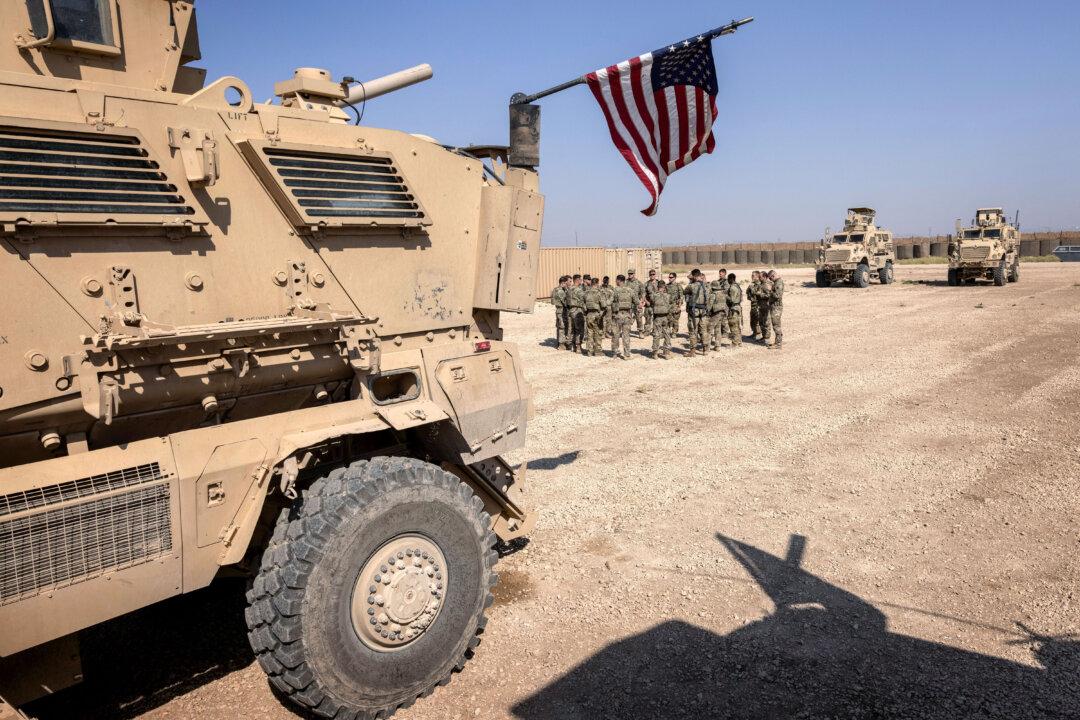News Analysis
With Donald Trump set to return to the White House, speculation has mounted about how he will deal with the complex situation in Syria, where U.S. troops have been deployed—occasionally coming under attack—since 2015.

With Donald Trump set to return to the White House, speculation has mounted about how he will deal with the complex situation in Syria, where U.S. troops have been deployed—occasionally coming under attack—since 2015.